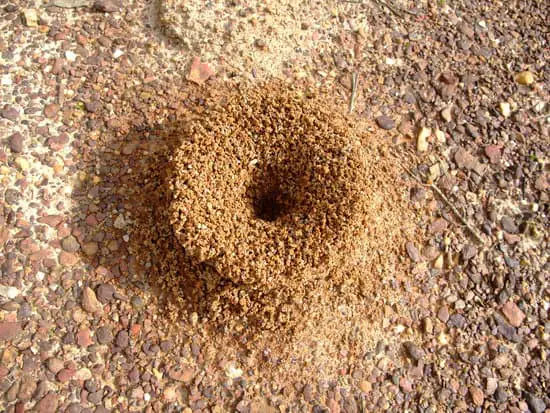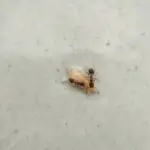Can Ants Withstand Heat?
Several species of ants cannot tolerate high temperatures. In fact, some of these species have been known to die when exposed to high temperatures. A new study investigates how ants react to a rise in temperature. Using a sample of urban ants, researchers investigated how their thermal performance curves compared to those of rural species. The results show that the thermal performance curves of different species vary significantly. This may have implications for climate change models.
The thermal performance curves of some ants are very similar to the performance curves of other poikilothermic ectotherms. The key differences are the species’ thermal tolerances and the habitat. Species in warm-climate habitats have been known to have higher CTmax values than those in colder environments. In these environments, ants are more likely to maintain an active colony. This may help explain why ant colonies have been known to migrate down thermal gradients.
The Cataglyphis bombycina ant is an example of an ant species that has evolved hairs to reflect large amounts of solar radiation in the near-infrared and mid-infrared ranges. This helps ants to radiate away the heat that they produce. In addition, the hairs glow and emit light. These characteristics may also help the ants survive in hot environments.
The Saharan silver ant is another example of an ant species that can withstand extreme heat. These ants have long legs and can elevate their bodies above the salt-pan terrain. When other animals die, the silver ants scavenge for food.




